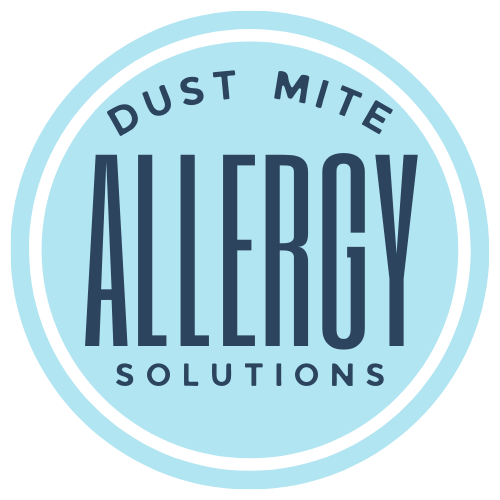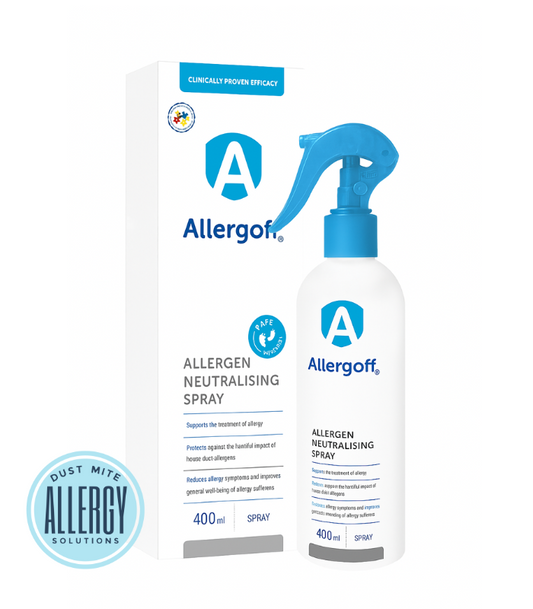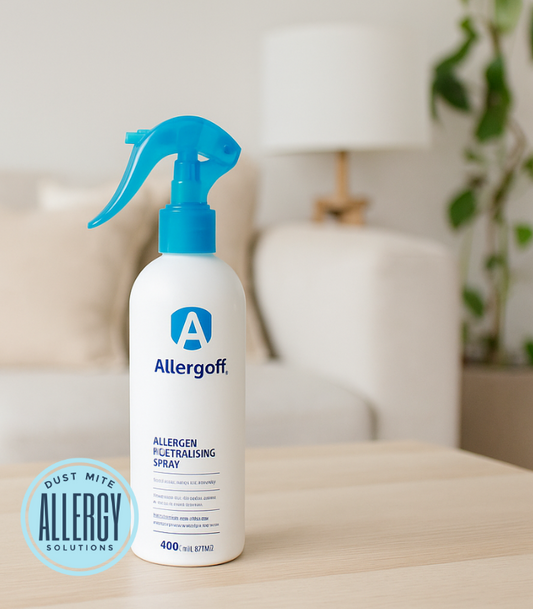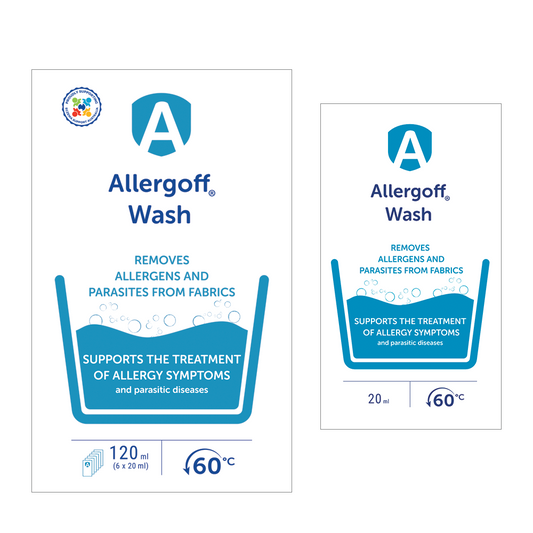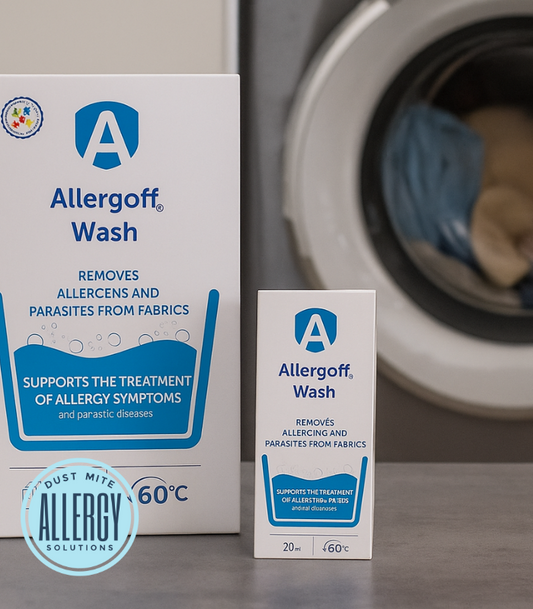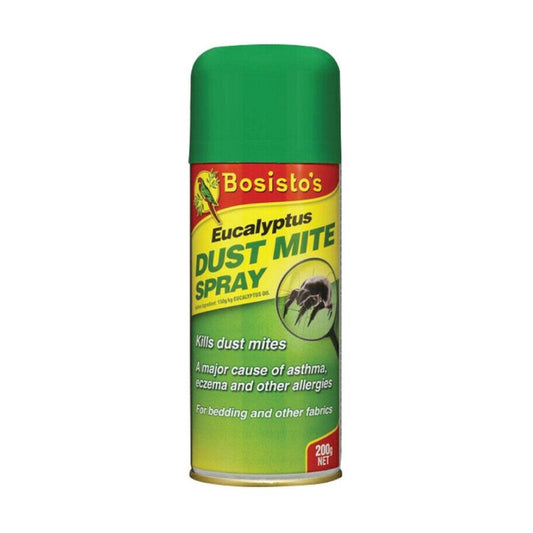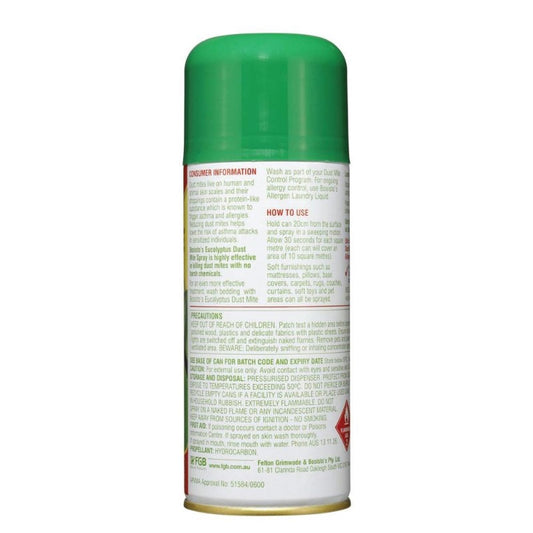-
Allergoff Allergen Neutralising Spray 400ml
Regular price $66.50Regular priceUnit price per -
Allergoff Wash Laundry Additive | 6 x 20mL
Regular price $49.00Regular priceUnit price per -
Eucalyptus Dust Mite Spray I Bosisto's I 200g
Regular price $43.00Regular priceUnit price per -
Gift Card - Dust Mite Allergy Solutions
Regular price From $25.00Regular priceUnit price per

Is dust mite spray effective?
Your complete guide to different types of dust mite sprays, considerations when choosing one and common myths busted.
Minimise Dust Mites
-
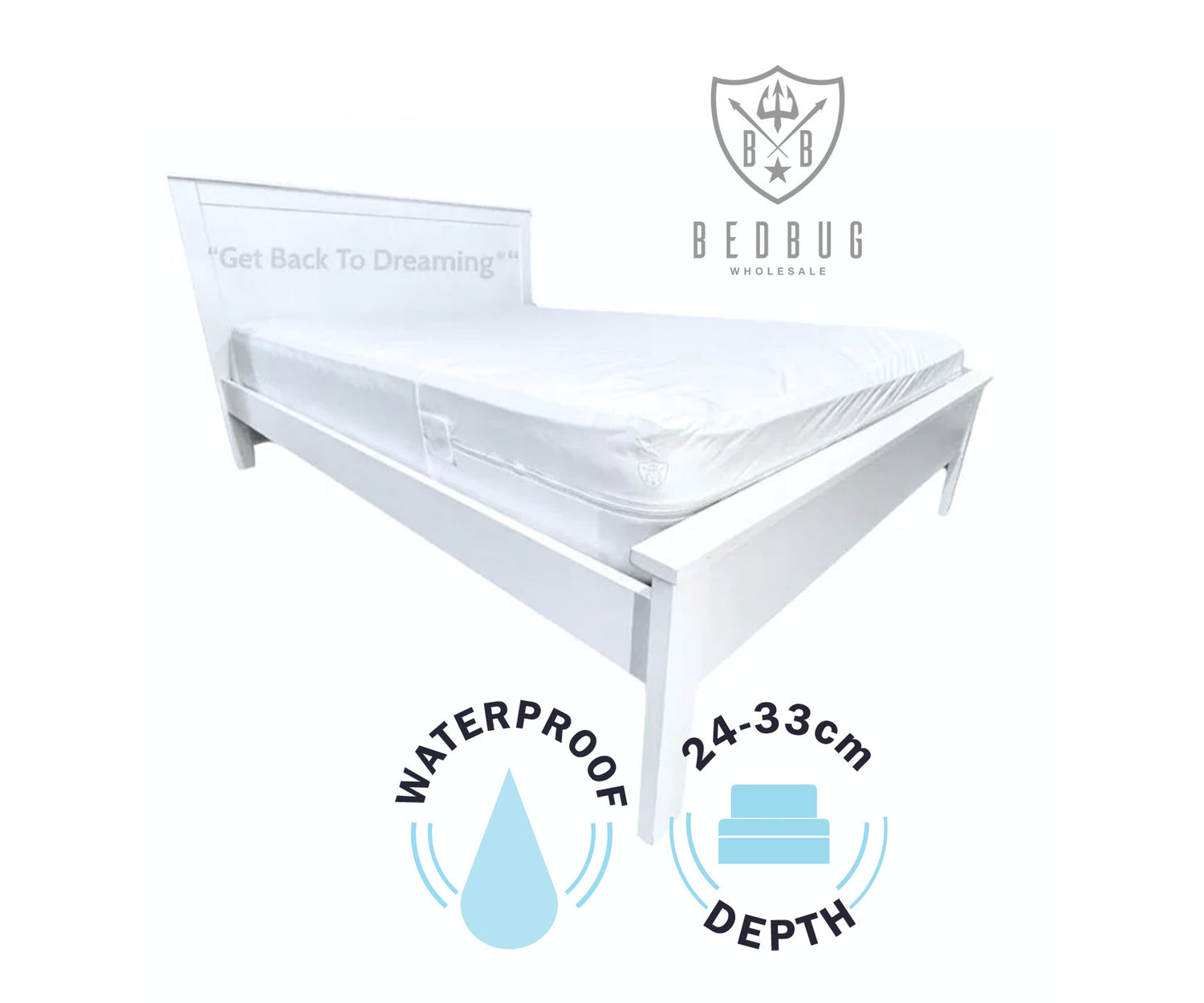
Dust Mite Covers
Dust mite covers for mattresses, pillows, and duvets are designed to provide...
-
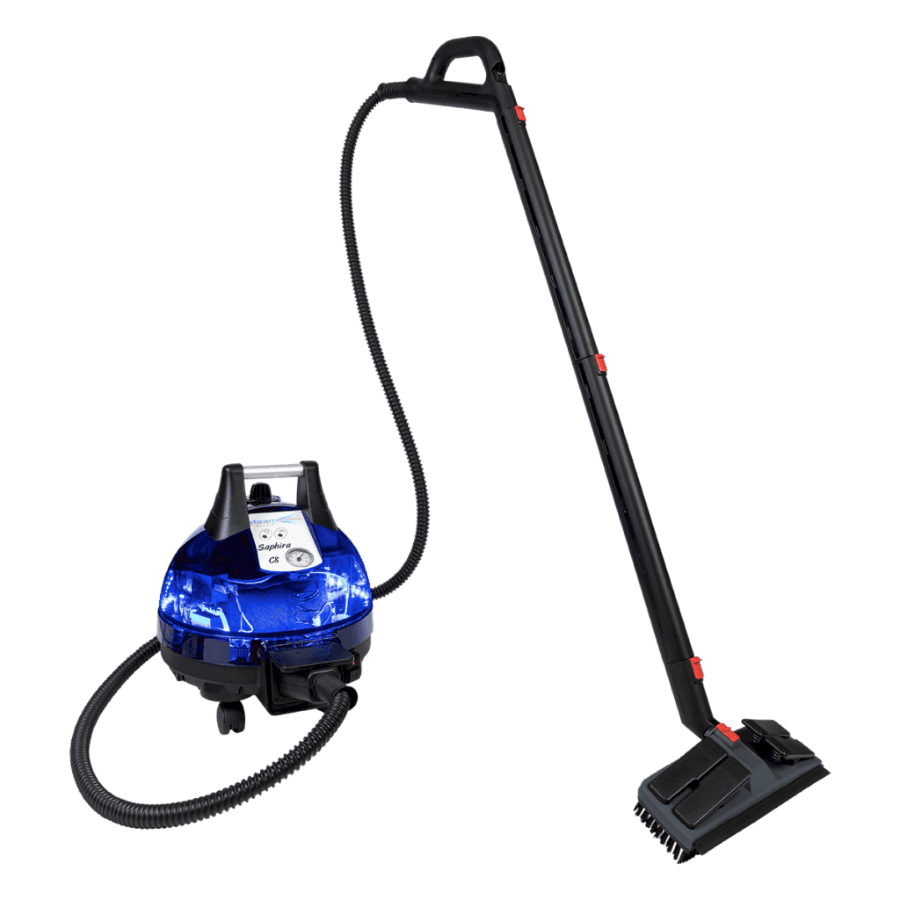
Steam Cleaners
The high temperature of the steam can penetrate deep into fabrics and...
